How to Preserve Ice
Ice preservation is an important aspect of hospitality, catering, and even everyday life. Whether you’re hosting a party, running a restaurant, or simply trying to keep your drinks cold, knowing how to preserve ice is crucial. However, another scenario for needing to know how to preserve ice is for prepping. In an emergency situation, you may find that you need to preserve ice as long as possible to help safeguard life and limb. Here are 10 effective ways to ensure that your ice stays frozen for as long as possible.
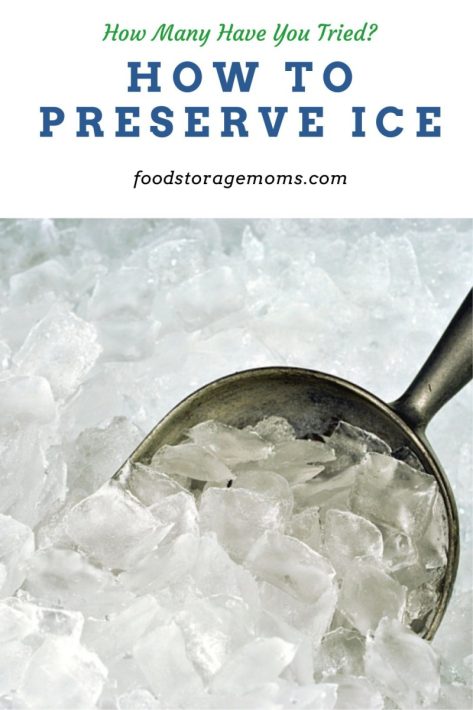
1. Keep Your Freezer at the Optimal Temperature
The ideal temperature for a freezer is between 0°F and -5°F (-18°C to -21°C). If your freezer is too warm, the ice will melt and refreeze, leading to clumps of ice and reduced ice preservation. Make sure to check your freezer’s temperature regularly to ensure that it’s functioning properly.
2. Use Distilled Water
Using distilled water to make ice can help prevent impurities from clouding the ice and affecting its taste. Impurities in tap water, such as minerals and chemicals, can cause the ice to melt faster and stick together. Using distilled water also creates clear ice, which is perfect for presentation in cocktails and other beverages.
3. Keep Your Ice Maker Clean
Keeping your ice maker clean is essential to ensuring that it produces high-quality ice. Over time, mineral deposits and other debris can build up inside the ice maker, affecting the quality of the ice it produces. Regularly cleaning your ice maker helps prevent clogs and ensures that the ice produced is fresh and clear.
4. Store Your Ice in a Well-Insulated Container
Storing your ice in a well-insulated container after it’s removed from the freezer, such as a cooler or an ice bucket, can help preserve it for longer periods of time. Make sure the container has a tight-fitting lid to prevent warm air from getting in and melting the ice. An insulated container can also help prevent the ice from absorbing food odors and flavors. The Best 5-Gallon Water Jugs
We have some Yeti coolers we really like. They cost a little more than other brands, but I feel Yeti products are worth it. Whether large coolers for more ice capacity, or small coolers that are more compact, you should be able to find a size that fits your needs.
If you do put your ice in a container outside the freezer, try to keep that container in the shade and away from direct sunlight so less heat generation occurs.
5. Don’t Overfill Your Freezer
Overfilling your freezer can restrict airflow, leading to warmer temperatures and reduced ice preservation. Make sure there’s enough room for air to circulate freely around the ice and frozen foods, allowing them to freeze evenly and stay frozen. 15+ Items Perfect for Freezer Storage
6. Use Ice Packs
Adding ice packs to your cooler or ice bucket can help preserve the ice by keeping the temperature low. Ice packs are a great option for outdoor events or when you need to transport ice over longer distances. They’re reusable, meaning they can be refrozen after each use. If the cooling agent you need isn’t going to be consumed or needed for appearance’s sake, ice packs can be a great option.
7. Use a Freezer Thermometer
Using a freezer thermometer can help you monitor the temperature in your freezer and ensure that it stays within the optimal range. A thermometer can alert you if the temperature starts to creep up, giving you time to take action before the ice begins to melt. 15+ Items Perfect for Freezer Storage
8. Don’t Let Your Ice Melt and Refreeze
Allowing your ice to melt and refreeze in the freezer can lead to clumps of ice and reduced ice preservation. When using ice from a freezer container, including bags of ice, avoid adding more to the container until the previous batch has been completely used. If you need to add more ice, ensure it’s at the same temperature as the existing ice to prevent melting and refreezing.
Monitor and clean your refrigerator’s ice-making system from time to time. If the fridge door is left open too long the ice in the ice maker tray can get soft and clump. Large pieces of ice in the tray can damage the moving parts if you try to have it dispense refrozen ice cubes from the tray. The dispenser is designed to process the small ice cubes generated by the ice maker and not large ice cubes or clumps.
9. Use a Water Filter
Using a water filter can help remove impurities from tap water, leading to clearer, cleaner ice. A water filter can also help prevent mineral deposits from building up in your ice maker, extending its lifespan and improving performance. Is Tap Water Safe to Drink?
Most fridges with ice makers also have a water filter built in. They also have a system that alerts you to change the filter either on a time-used basis or when it gets full of impurities and needs replacing.
10. Add Salt to Your Ice
Adding rock salt to your ice can help reduce melting by lowering the freezing point of water. This is why salt is often used on icy roads to prevent them from becoming slippery. Adding a small amount of salt to your ice can help it last longer, especially in outdoor settings where the temperature may fluctuate. How to Store Salt Long-Term & 9 Rational Reasons You Should
The salt will affect how you use the ice, so plan accordingly if you need ice that will be added to drinks since the salt won’t make for a good flavor result.
Bonus Tip: Use Dry Ice
Dry ice is a great option for preserving ice for longer periods of time. It’s much colder than regular ice and can keep your drinks and food frozen for days. If you want a quick turnaround for cooling those drinks, put the cans in with some dry ice so the pre-chilling process can start and thus keep the drinks colder for a longer period of time.
The key is to reduce the temperature so you don’t reach the melting point of things you want to keep frozen. However, dry ice is not suitable for direct consumption and should be handled with care to avoid burns. Consider using a thick towel or some tongs when moving dry ice from one container to another. Pros and Cons of Freeze Drying
What to Do to Keep Ice Frozen:
- Keep ice out of the direct sunlight.
- Use the best coolers that you can with block ice.
- Freeze water bottles and put them in the cooler.
- Use light color ice coolers.
- Avoid using styrofoam coolers, unless necessary.
- Put drinks at the bottom of your cooler to keep things cold!
- Avoid hot air as much as possible.
- Wrap items in aluminum foil to keep them cold!
- Don’t try to store your ice at room temperature for long at all.
- Avoid opening the ice cooler during a power outage.
- Keep ice close to the air conditioning vent if removed from the freezer. It won’t make a big difference but can help.
- Avoid adding excess water to the ice if you’re trying to keep your water drink as cold as possible.
- Invest in an insulated cooler. Insulation makes all the difference since it keeps the cold air in and the warm/hot air out.
- Keep in mind that larger blocks of ice melt slower.
- Try out different types of coolers to see what is the most effective and right method for your specific needs. A larger cooler may be more difficult to keep the contents cold simply due to the inside surface area. A cooler with metal sides MAY be more efficient than a plastic cooler.
More Prepping Tips
- How To Be Prepared For Extreme Cold Weather
- Emergency Prepping with Honey Bees
- Best Way to Start Prepping
Final Word
Knowing how to preserve ice is essential for ensuring that your drinks and food stay cool and fresh. By following these tips, you can ensure that your ice stays frozen for as long as possible and avoid the frustration of melted ice and clumps. So the next time you’re hosting a party or running a restaurant, remember these tips and enjoy perfectly preserved ice every time. May God Bless this World, Linda
Copyright Images: Scoop of Ice Depositphotos_2435191_S, Ice in Hands Depositphotos_22310131_S

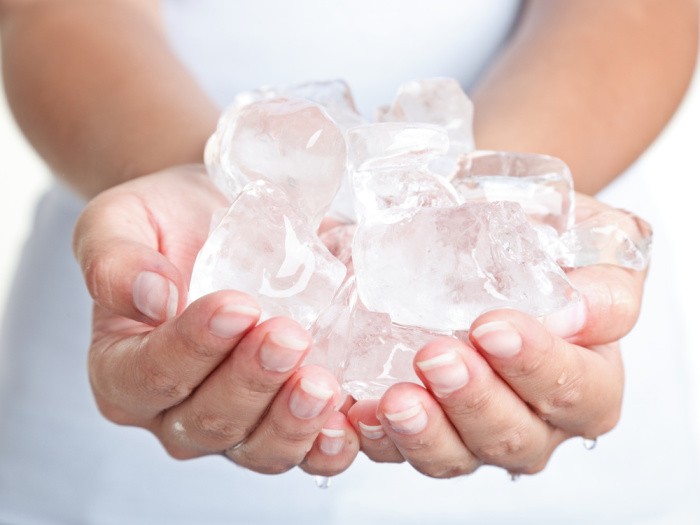

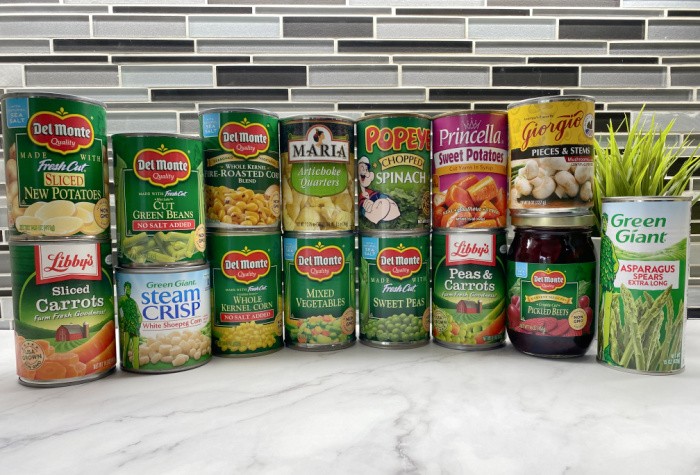
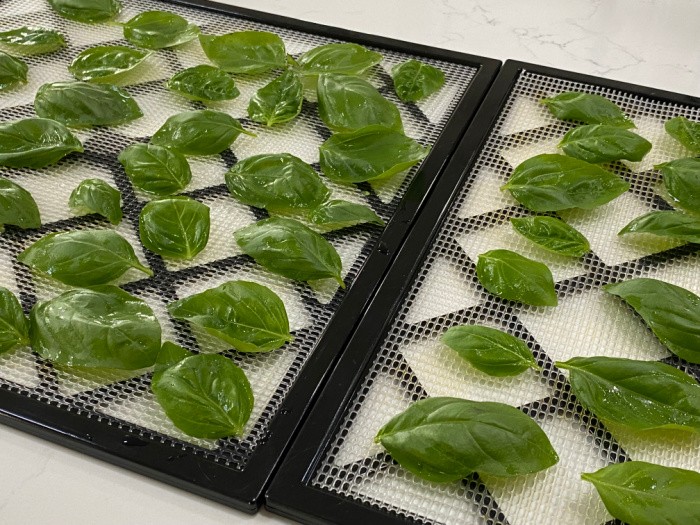


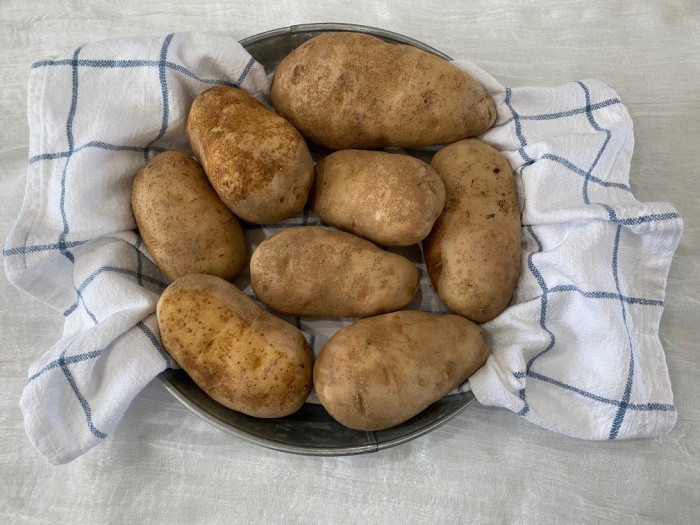
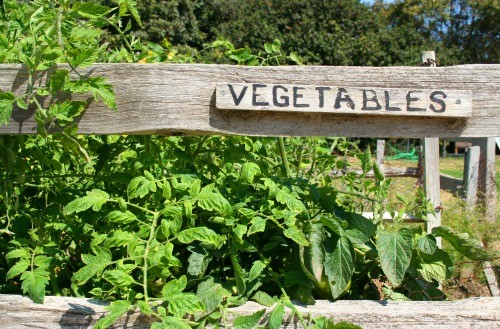
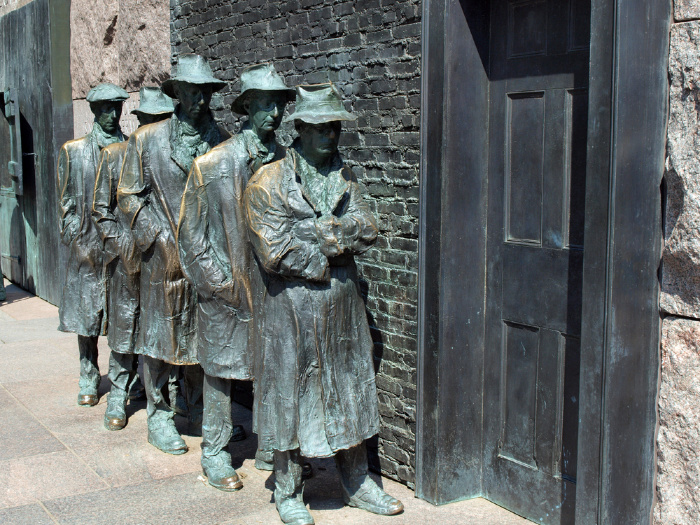


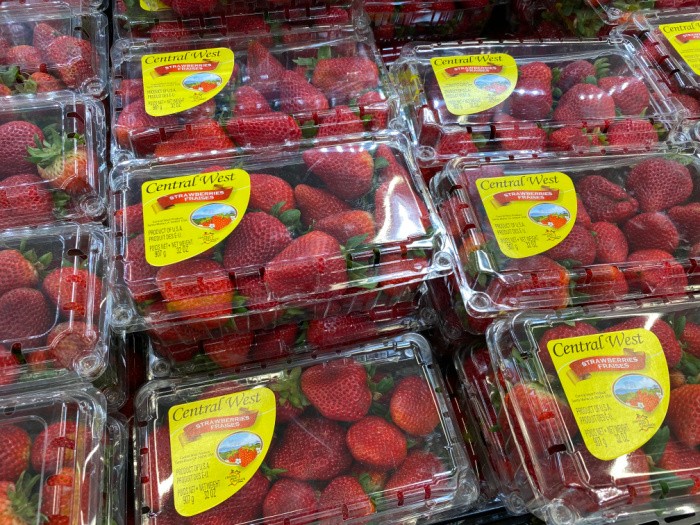
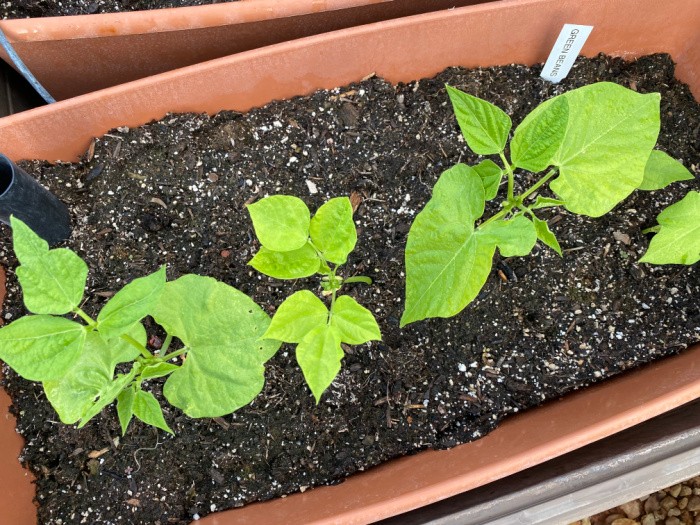
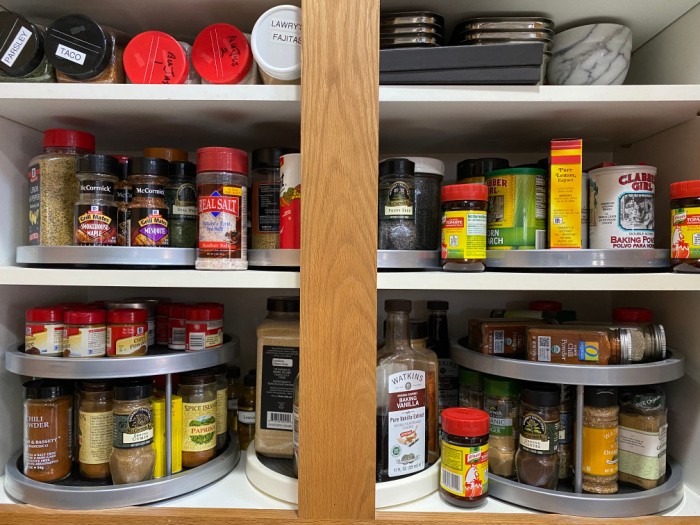
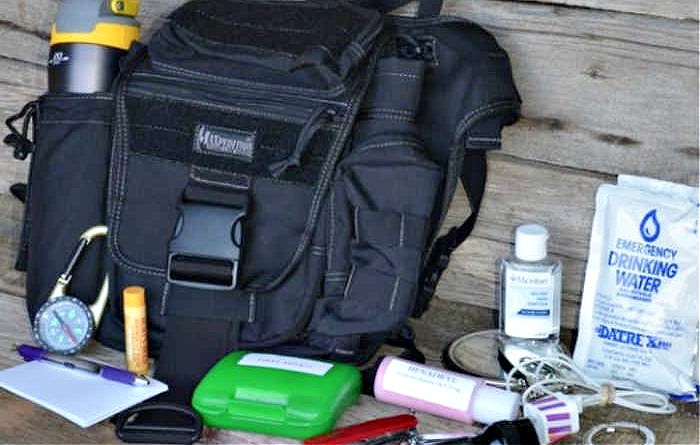

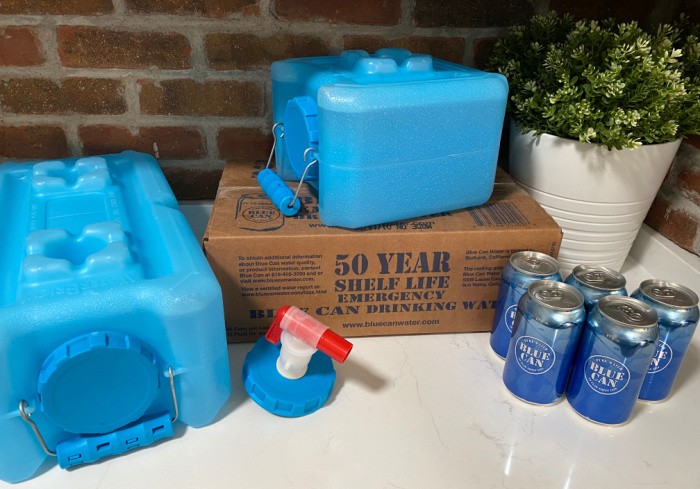
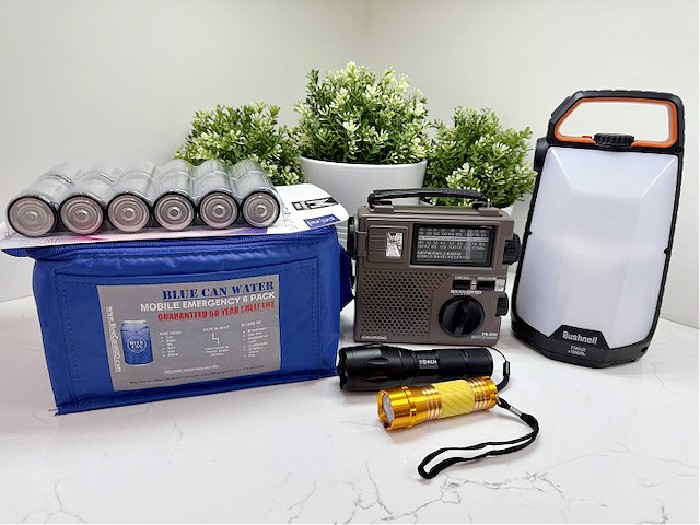
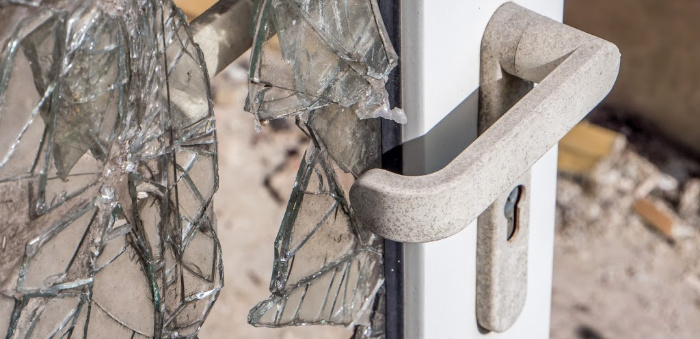
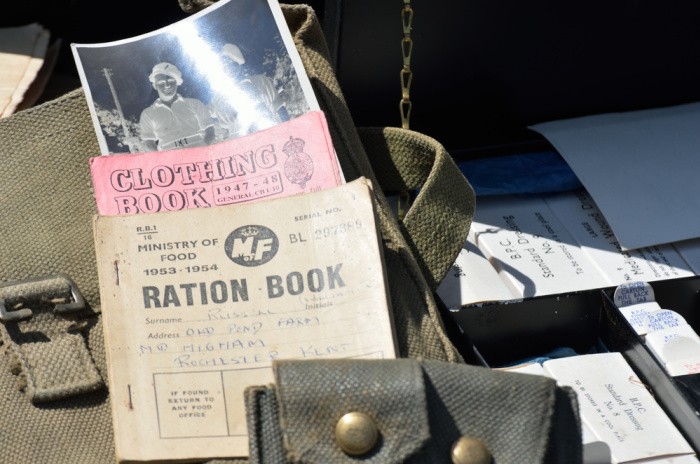

When I read the title of today’s post, I was immediately taken back to my youth!
The ideas you posted are great for short term. I’ve used them when I go camping! But I remember preserving ice over the winter!
I grew up in a rural area in the PNW where the winter is pretty cold and snowy so this technique won’t work everywhere.
My dad worked at a sawmill and had access to abundant sawdust. We also had river access. When the river froze over, dad used a chain saw to cut blocks of ice. We had a concrete pad that he covered in a layer of sawdust, put the blocks of ice on the pad, then covered the blocks in sawdust. If I remember correctly, we used 3 dump truck loads of sawdust and had 20-30 blocks of ice. This kept the ice insulated. We just dug into the mound of sawdust to retrieve a block of ice when we needed it.
We did this until we got a freezer!
I recall always having the ice last until the 4th of July when we made ice cream! Then we had to wait until November or December to start over.
Hi Leanne, oh my gosh, your dad had a great idea to make a “freezer” naturally. WOW! I would never have thought about this. I love this idea! Linda
If your freezer is half full or so, you can freeze water in gallon jugs, washed and rinsed milk jugs or even cleaned out vinegar jugs. Remember to leave a good headspace. These last a long time when in a cooler, and can be chopped up with an ice pick or even a hammer, if a towel is wrapped around it. Great for large family get togethers as well.
HI Deborah, great reminder, I always have a few jugs in there, yes we have to leave headspace for expansion! Great tip, Linda
As some of you know, we just returned on Sunday night from our 42nd anniversary trip to PA. My husband discovered that not all of the Lock N Lock food storage containers I bought had found a pantry use quite yet, so he swiped two larger ones and put them filled with ice in our very old Coleman cooler! There were also two pint sized Tupperware square rounds that had been frozen into small blocks of ice. Well, after 5-6 days on the road, the ice finally thawed into extra R.O.-processed drinking water! Then, he went to the ice machine at our hotel just before we left to visit out Amish family over on the other side of PA (another 5 1/2 hrs away) , so he filled the two large Lock N Locks with ice from the ice machine, which lasted us until after we drove home on Sunday. You’ve gotta love those Lock n Locks! I use them all of the time for a variety of items!! They are much more expensive for freezing ice in jugs, but if you’ve forgotten, they are perfect for using ice cubes! The ice in the Lock N Locks was still cold in that ancient cooler until Tuesday a.m. after we returned home!
Hi Jess, yay for Lock n Locks! Thank you sharing this great story on traveling with some ice blocks! I love this! Linda
Linda,
My grandparents used straw or sawdust as insulation for the ice blocks they cut from frozen lakes. We has an icebox long before we got electricity and once the ice they cut was gone they got deliveries from the ice man.
Oh, and using distilled water for cubes for mixed drinks may be okay, but distilled water tastes like drek.
Hi Ray, oh good to know about the distilled ice cubes. I love hearing how your grandparents used straw and sawdust to make a “freezer” of sorts. Love this, Linda